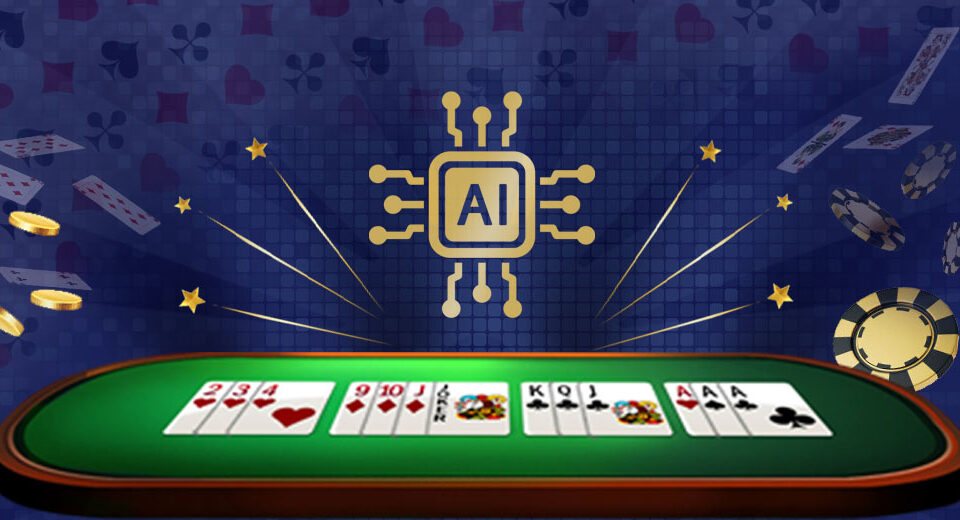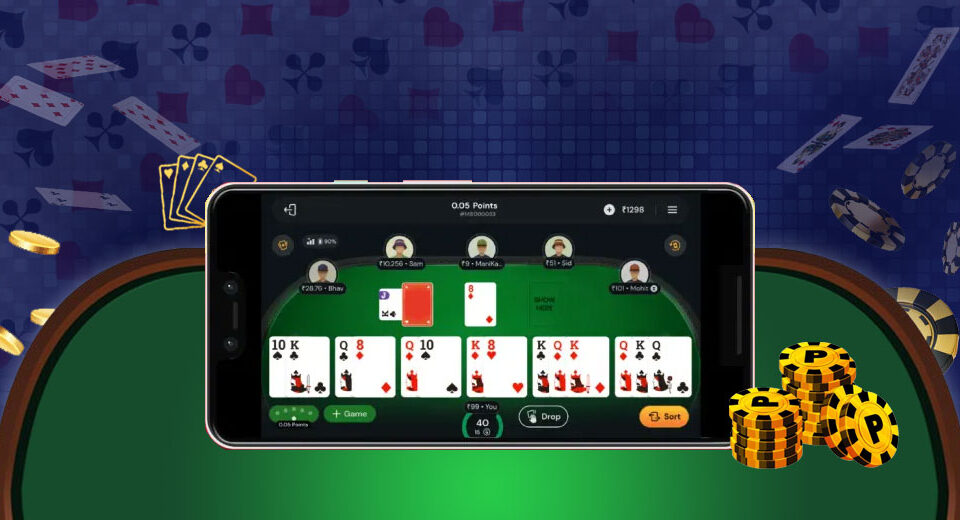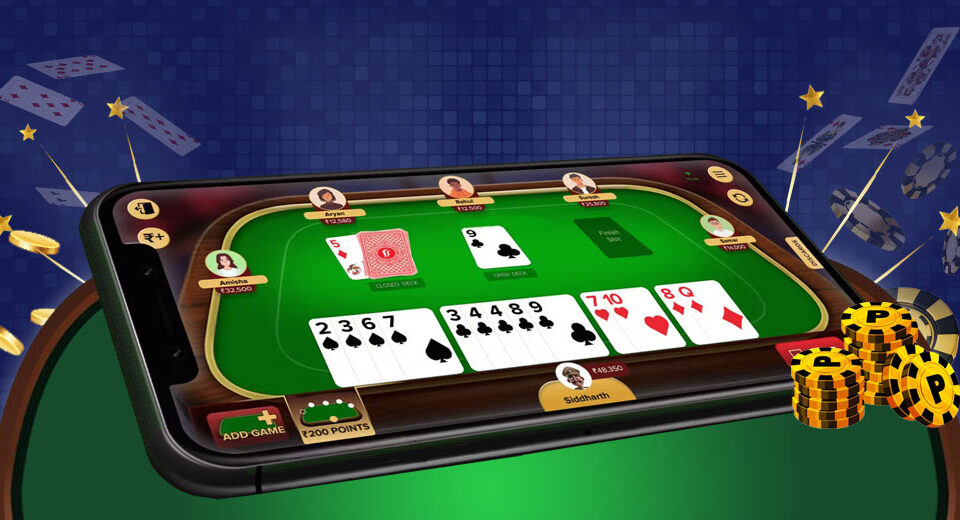Quantum Rummy: The Science of Probability Collapsing When You Pick a Card
In the evolving world of rummy, strategy has always been at the forefront—but what if we looked at it through a lens of science? Imagine merging the mechanics of Indian rummy with the principles of quantum theory, where every card draw exists in a superposition until you decide to pick. Welcome to the concept of Quantum Rummy—a fascinating thought experiment that brings the world of online rummy games and quantum probability into a surprising synergy.
At the core of quantum theory lies the idea of superposition: a state where multiple outcomes coexist until one is observed. In rummy strategy, this mirrors the moment before you draw a card. Every card in the stack has potential—completing a set, forming a sequence, or simply adding no value. Your decision to draw is the equivalent of quantum collapse—the moment one outcome becomes real, eliminating the others.
1. Superposition of Choices
When you hover over the closed deck in online Indian rummy games, each card represents a probability cloud. You don’t know what you’re picking, and yet the possibilities are narrowed based on your current hand and memory of previous discards. This is a moment of superposition—every possible card and impact is coexisting in uncertainty.
2. The Collapse: Drawing a Card
Once you choose to pick a card, the probability collapses. You now deal with a single, definite outcome. Like quantum observation, your action forces reality to take shape. This is not merely about luck but about narrowing the range of possibilities through prior knowledge and predictive play. Effective players influence their outcomes by interpreting signals, much like physicists interpret data in particle collisions.
3. Entanglement: Reading Opponents’ Intent
In quantum mechanics, entangled particles share states. In rummy, player moves are entangled through the discard pile. What one discards affects what others pick. Strategic decisions made by your opponent can be indicators of their intended sequences—data that, if interpreted well, can guide your own collapse of probability toward a winning outcome.
4. Parallel Realities: Alternate Hands You Could Have Played
Ever considered how different the game would be if you had picked one card earlier instead of another? Quantum thinking opens your mind to these alternate realities. A winning hand or a failed meld could result from a single different choice—encouraging players to review decisions not just as outcomes but as paths within a broader multiverse of rummy variants.
5. Predictive Probability: The Quantum Skillset
In Quantum Rummy, the true player is not someone who waits for the right card, but one who adjusts strategy based on evolving probabilities. This requires the same mental flexibility found in quantum theory—constantly reassessing the field, watching for patterns, and making moves that influence your hand’s collapse into the most favourable version.
Conclusion – In Quantum Rummy, every draw is more than a move—it’s a reality shift.
Understanding the game through this lens elevates how you see rummy strategy. It's not just a card game—it’s a calculated interaction with probability, timing, and inference. Whether you’re new to how to play indian rummy or exploring advanced theory, applying the mindset of quantum probability could just lead to your next breakthrough at the table.




